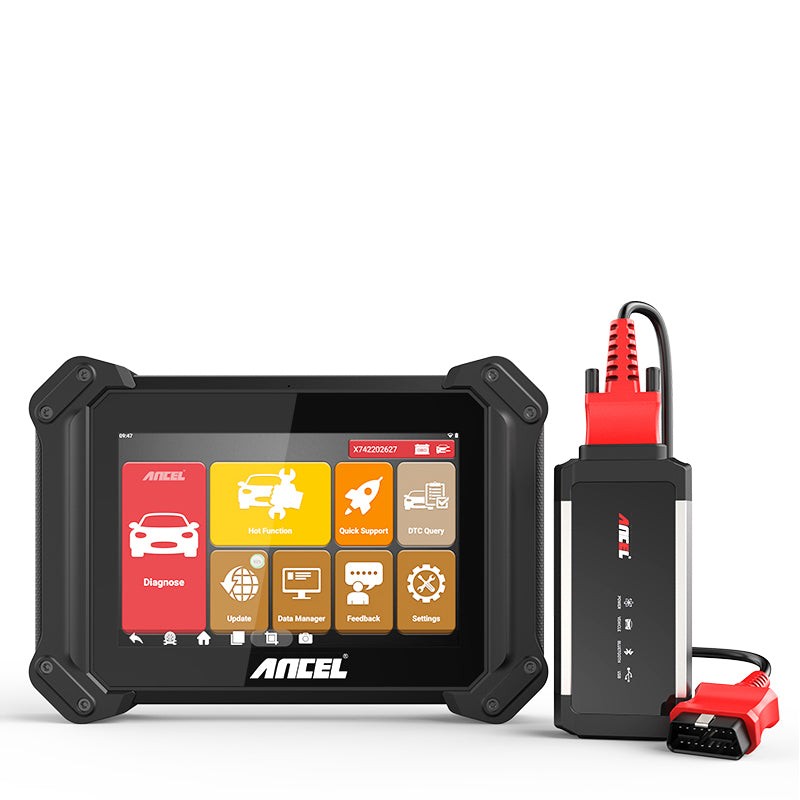Knowing if diagnostic trouble codes (DTCs) have been cleared is crucial when troubleshooting car problems or buying a used vehicle. Cleared codes could indicate hidden issues. This guide explains how to use an OBD2 scanner to check for recently cleared codes.
 alt
alt
Connecting Your OBD2 Scanner and Accessing Diagnostic Information
First, locate the OBD2 port, usually under the dashboard near the driver’s side. Connect your scanner with the ignition on, but the engine off. The scanner will power on and communicate with the car’s Engine Control Unit (ECU). Access the Diagnostic Trouble Codes (DTCs) section on the scanner’s interface. This section displays active and pending codes. No codes could indicate a recent clearing, especially if the car has had prior issues.
Using Freeze Frame Data to Detect Cleared Codes
Freeze frame data captures the vehicle’s operating conditions at the moment a DTC is triggered. This snapshot includes engine speed, throttle position, and other vital data. Missing or incomplete freeze frame data with a recent timestamp suggests cleared codes, potentially hiding an issue. Discrepancies between the data and the vehicle’s history are also red flags. Advanced scanners can analyze multiple freeze frames for a more comprehensive diagnosis.
Checking Readiness Monitors for Recent Code Clearing
Readiness Monitors perform self-tests on emission control systems. Clearing DTCs resets these monitors, requiring new driving cycles to complete tests. Check the I/M Readiness section on your scanner. “Incomplete” monitors, especially after driving a reasonable distance, strongly suggest recent code clearing. This indicates insufficient drive cycles for completing tests due to a system reset.
Identifying Permanent Codes and Investigating Code History
Permanent DTCs, unlike regular codes, cannot be manually cleared. They remain stored until the ECU confirms the issue is resolved. Check your scanner’s Permanent DTCs section. Their presence indicates unresolved problems, even if regular DTCs are absent. Advanced scanners offer a code history log, revealing past DTCs and related events. This history can show recurring issues cleared multiple times or a sudden absence of codes, suggesting tampering.
Choosing the Right OBD2 Scanner and Interpreting Symptoms
Basic scanners suffice for simple checks, but advanced models provide manufacturer-specific codes and in-depth diagnostics. Consult a mechanic with a high-quality scanner if unsure about the results. Pay attention to physical symptoms like rough idling or warning lights, even if the scanner shows no codes. These could indicate recently cleared codes masking underlying problems.
Using an OBD2 Scanner When Buying a Used Car
When buying a used car, always use an OBD2 scanner to check readiness monitors and freeze frame data. Unusual findings suggest potential code clearing to hide problems. A professional mechanic inspection is recommended, especially if something seems amiss. Examining the code history provides a comprehensive understanding of the vehicle’s diagnostic record, revealing potential red flags not apparent through a standard DTC scan.
Conclusion
Using an OBD2 scanner to analyze DTCs, freeze frame data, readiness monitors, and code history helps avoid hidden car problems, whether troubleshooting your vehicle or inspecting a used car before purchase. Proactive diagnosis prevents costly repairs later.
FAQs
How long after clearing codes should I drive before an inspection?
Drive for 50-100 miles under varied conditions after clearing codes to allow readiness monitors to reset for inspection.
Can a dead battery clear diagnostic codes?
Yes, a dead or disconnected battery can clear codes by resetting the ECU, but it also resets readiness monitors.
Does clearing codes erase all historical data from the ECU?
Clearing codes removes most DTCs, but permanent codes and some logs may remain until the issue is resolved.
